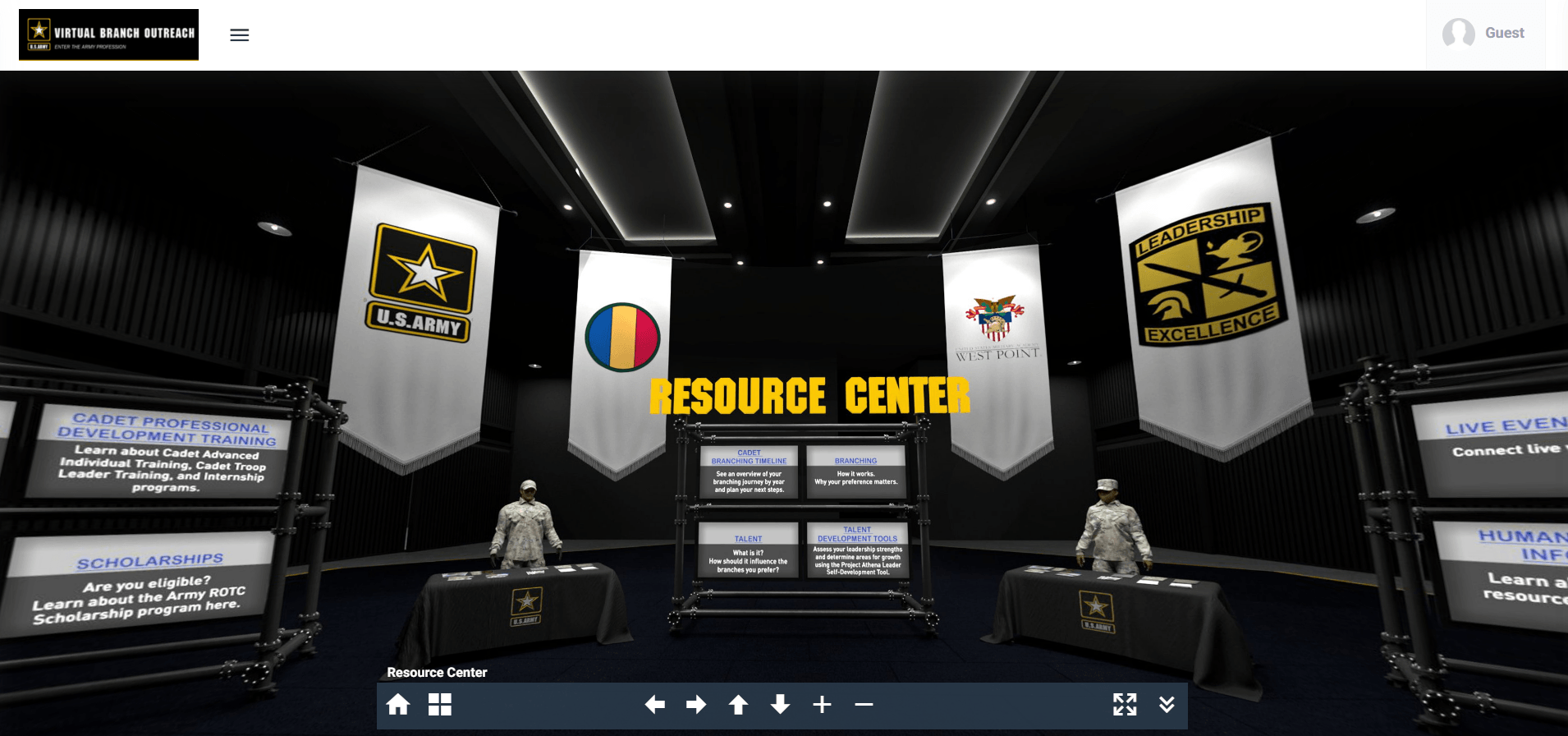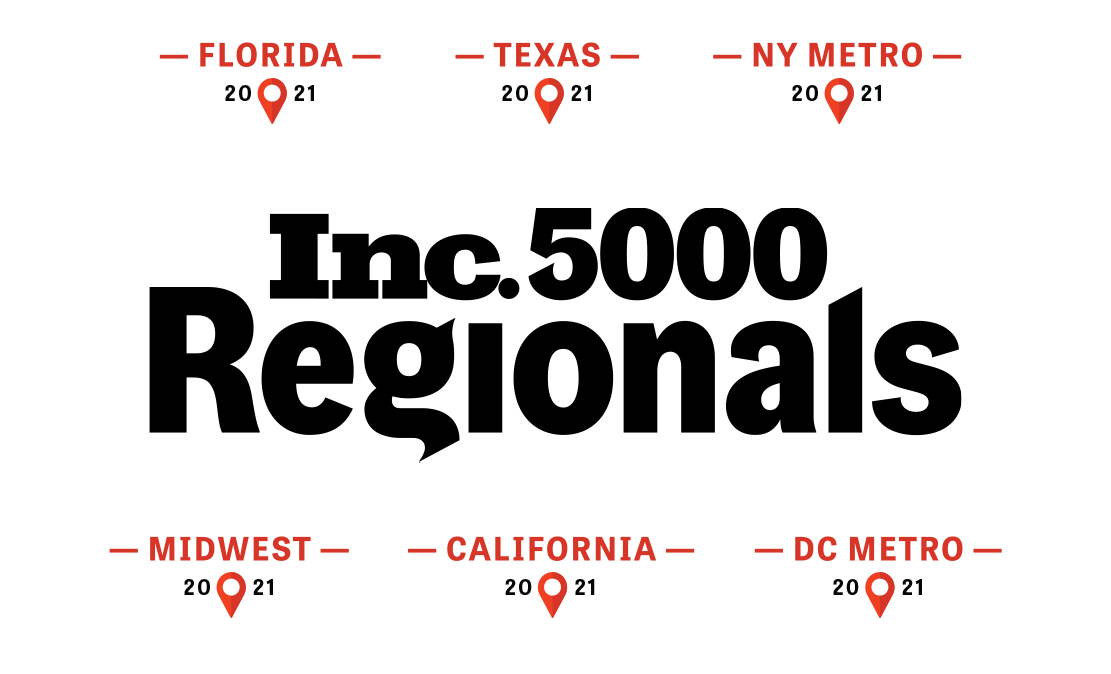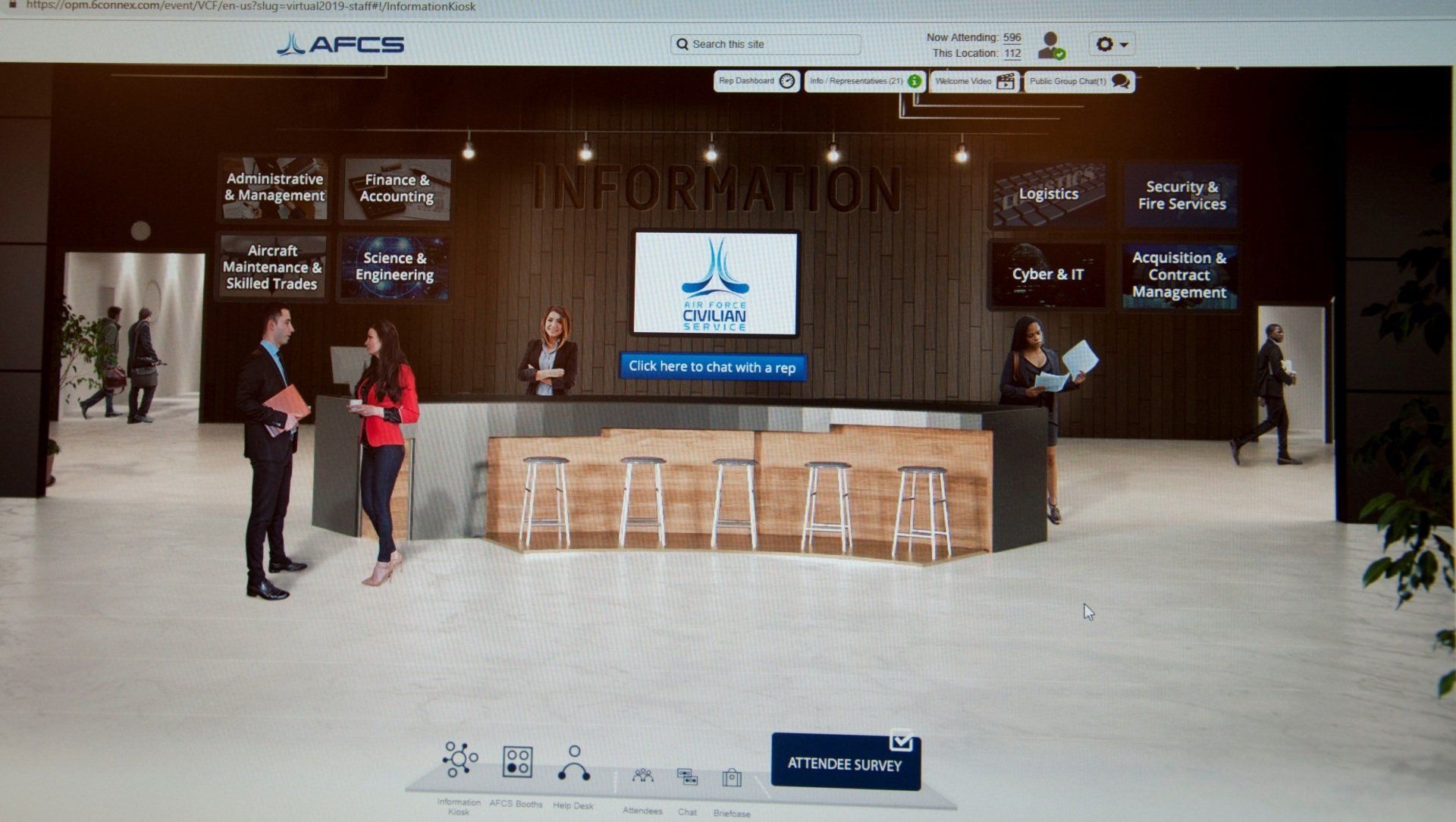SLATE VX: Creating more customized, engaging, and immersive learning experiences
Leveraging User-Centered Design to Improve Learning Technology

Part 1 of 3
User-Centered Design is an iterative process that focuses on users and their needs during every phase of product design and development (Interaction Design Foundation). It requires a deep understanding of user experiences, values, and motivations to provide a product or service that truly meets a customer’s needs.
In this three-part series, we’ll explore how SLATE Virtual Experience (SLATE VX) leverages user-centered design to create engaging and immersive virtual learning experiences that meet customer needs. This article will provide a high-level overview of the SLATE VX user-centered approach. In parts two and three, we’ll dive into the design process with two examples from clients in the federal government and an interview with SLATE VX Product Manager Jason Whetsell about how SLATE VX has evolved since its inception.
What is SLATE VX
?
SLATE VX is a highly customizable virtual environment that combines elements of a
physical educational event, such as a job fair or conference, with 3D web-based
technologies.
With the shift to virtual learning and events in recent years, event planners and attendees are looking for ways to engage with educational content and connect with each other beyond webinars and webcasts.
SLATE VX responds to this call by providing an immersive virtual learning experience where attendees can navigate and enter virtual event spaces, explore resources, and connect with other users.
With its responsive web design, configurable interface, and actionable data insights SLATE VX aims to simplify the process of creating virtual events for the event planner and create more engaging and enjoyable learning experiences for attendees.
This is no small feat, requiring an approach that questions assumptions
and focuses on understanding the user experience. Here are four user-centered
design principles SLATE VX embraces to create better learning experiences.
Start with a customer and user discovery process
SLATE VX’s design and interface is tailored to
each customer. It begins with a discovery process at the start of each project.
During this phase, the SLATE VX product teams meets with project stakeholders
to understand the context and goals of the project, and determine what problems
require solutions. End-users are interviewed as part of this process as well,
to understand first-hand who will be using the technology and how SLATE VX can
help them perform their tasks better.
Align customer
requirements with user needs
Insights gathered during the customer and user
discovery process are used to clarify and inform design decisions and the SLATE
VX configuration. The SLATE VX product team makes recommendations to align
customer requirements with user needs. As a rule of thumb, SLATE VX focuses on
customer requirements as the “what” of the problem statement and the user needs as
the “how” to get to the solution.
Utilize user feedback to continue making user-centered decisions
After the setup of the virtual environment,
the SLATE VX product team collects and analyzes user feedback throughout the
project using various methods. Coupled alongside data from SLATE VX’s built in analytics tool,
insights from user feedback helps the team continue to make user-centered
decisions.
Adapt an iterative design
process
The SLATE VX product team follows a “Sense and
Respond” approach to continuous improvement. “Sense and Respond” is a phrase
coined by author and strategist, Jeff Gothelf, one of the world’s foremost
experts on Agile, Lean, and Design Thinking. It involves using data and other
feedback from actual product usage to understand, learn from, and respond to
customer needs with agility. It recognizes the lean manufacturing philosophy
that a product or project is “always moving from a condition of doubt toward a
condition of certainty in an ongoing quest for perfection.” As such, the SLATE
VX product team is continuously and iteratively working to improve the virtual
learning environment and the user experience.
A final thought
At its core,
user-centered design is about solving problems and helping people achieve their
goals.
By involving users from the beginning of the design process,
aligning customer requirements with user needs, collecting and analyzing user
feedback, and continuously working to improve the user experience, the SLATE VX
virtual learning environment is leveraging user-centered design principles to
improve learning technology.
Tune into the next two parts to learn more about SLATE VX’s design process. In part 2 we’ll show you how SLATE VX is shifting the virtual education paradigm in the federal government. Using SLATE VX, the United States Army Training and Doctrine Command (TRADOC) has developed Virtual Branch Outreach (VBO) 2.0, the next generation of branch outreach and education for Army Cadets. Likewise, learn how the Small Business Administration is using SLATE VX to deliver courses that help education 8(a) certified small businesses on pursuing and winning contracts with the Federal Government. Finally, in part 3 of the series, we will share a conversation with Jason Whetsell, SLATE VX Product Manager, about the evolution of SLATE VX.








